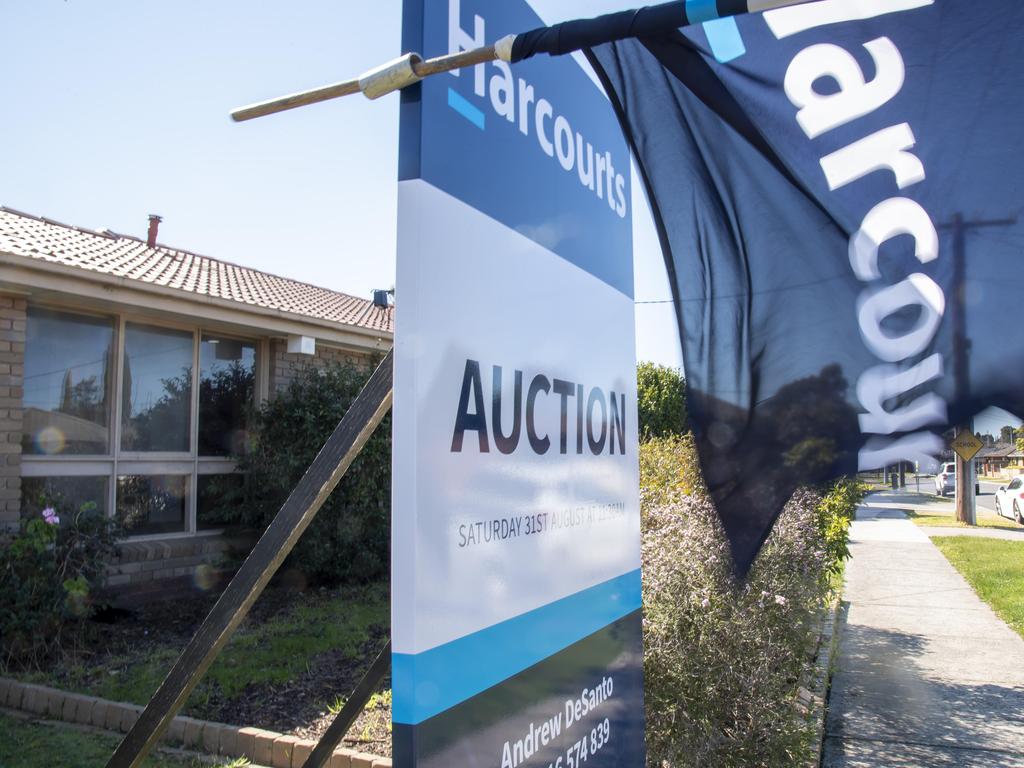Banks move to charge higher rates for home loans they classify as ‘investments’

The game gets ever harder for residential property investors as the banks continue to target every avenue they can for extra income.
Until relatively recently, banks treated home buyers and investors in the housing market in the same way, with the same interest rates. But these days property borrowers get slugged up to an extra 1 per cent interest on their mortgage debt.
Those higher rates on properties classified as “investment” are going to hit more than 100,000 property owners in the near future. Here’s how.
In the past, it did not seem important to advise the bank when you moved out of the family home and turned the property into an investment. In fact, most people are simply not aware that there is a clause in loan contracts requiring them to inform the bank whenever there is a change in usage of the property.
So if you bought a property to live in and move out and rent the property at a later stage, chances are the loan contract with your bank states that you need to inform them of this event.
As many borrowers are oblivious (or choose to be) in regard to this contractual obligation, there are thousands of loans outstanding that are classified as “owner-occupied” that in reality are undeclared “investment property” loans.
Keep in mind that APRA announced last year that from January 2022 unrented holiday homes and secondary dwellings will not fit the definition of an owner-occupied property as the current rules allow. In this category alone more than 100,000 mortgages will be affected and probably lead to an increase in interest rates
Sydney mortgage broker Elaine Lam says: “It is also relatively common for first-home buyers to use government grants and concessions and live in the property for six months and then move out and turn it into an investment property.
“I fear that many do not inform the bank as they are scared that their interest rate and loan terms will be adversely changed.”
The banks are becoming more vigilant because they are now required to hold a greater level of capital in reserve when they lend money to investors compared with owner-occupier borrowers.
This misclassification is of real concern to the banks and there are rumblings within the industry that the big four are undertaking large internal projects to identify and reclassify incorrectly noted home loans to investment loans.
Moreover, under the COVID-19 loan deferral scheme, more than 800,000 people have deferred $195bn in loans, of which 34 per cent of property loans are from investors. As the six-month repayment freeze starts to thaw, borrowers who are not in the position to resume repayments this month are able to request a further extension for four months.
But there is a catch: the extension is not automatically applied and there will be a manual process between borrower and bank to resume repayments.
Commonwealth Bank has flagged they will be having conversations with highly leveraged borrowers around “alternative solutions paths”, which include downsizing the family home or selling investment properties to move into a more manageable financial situation.
As the cashflow crunch starts to bite in the coming months, Lam says: “Many borrowers will scramble and do whatever they have to in order to avoid selling property. As government stimulus is wound back and loan deferral provisions come to an end, I suspect many people may be forced to move out and rent the family home while renting a cheaper property to stay afloat and a short-term measure.”
Adding further concern is the Treasury estimate that unemployment will peak at 10 per cent. A recent survey by investment bank Morgan Stanley revealed that 55 per cent of loan holders surveyed are receiving some form of government income support with 15 per cent receiving unemployment benefits such as JobSeeker.
For borrowers who are enjoying home loan interest rates on loans over their investment properties the message is clear; be warned, your days are numbered. Further, it may be wise to inform the bank now rather than waiting for the bank to come knocking.
James Gerrard is principal and director of Sydney financial planning firm financialadvisor.com.






